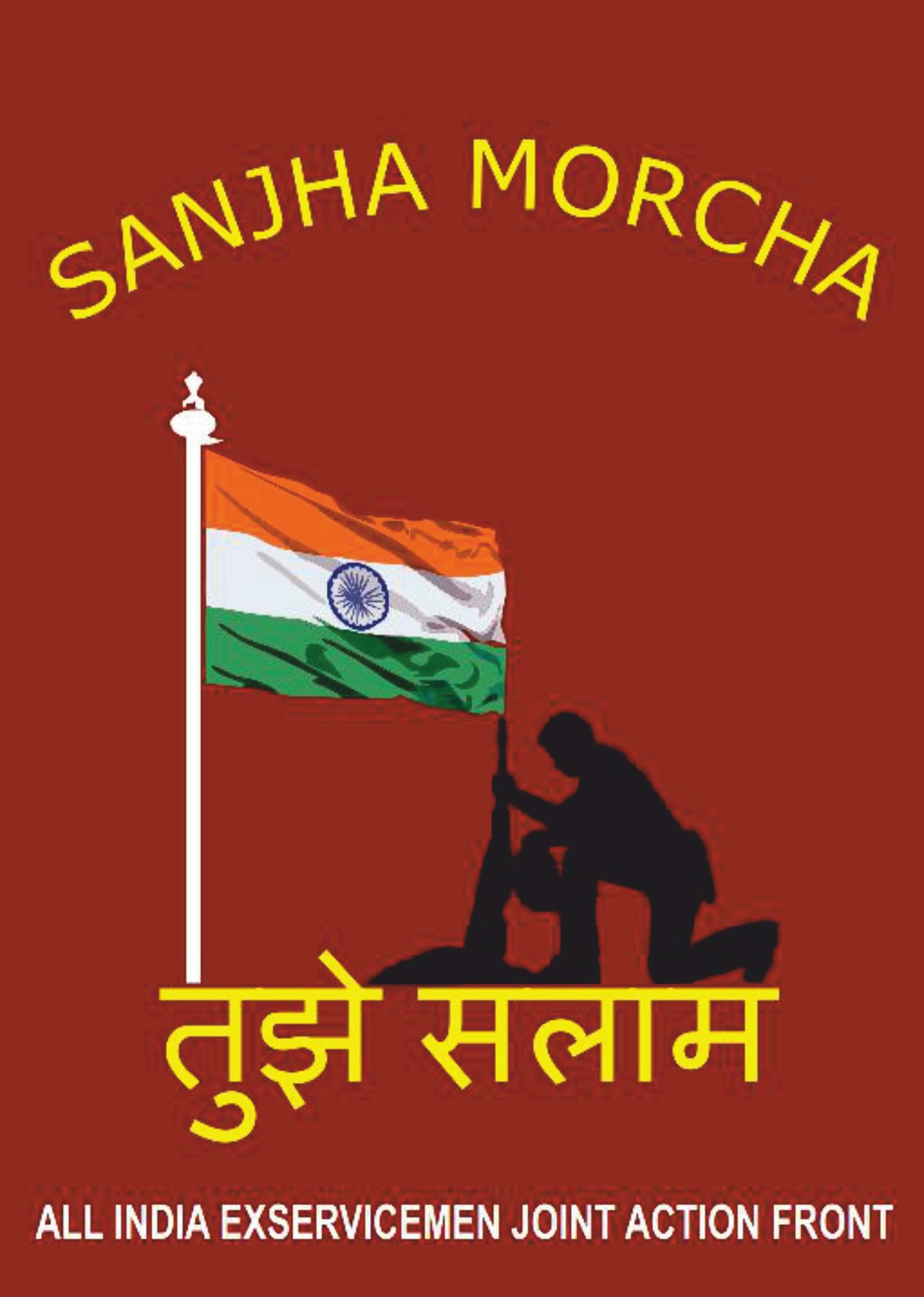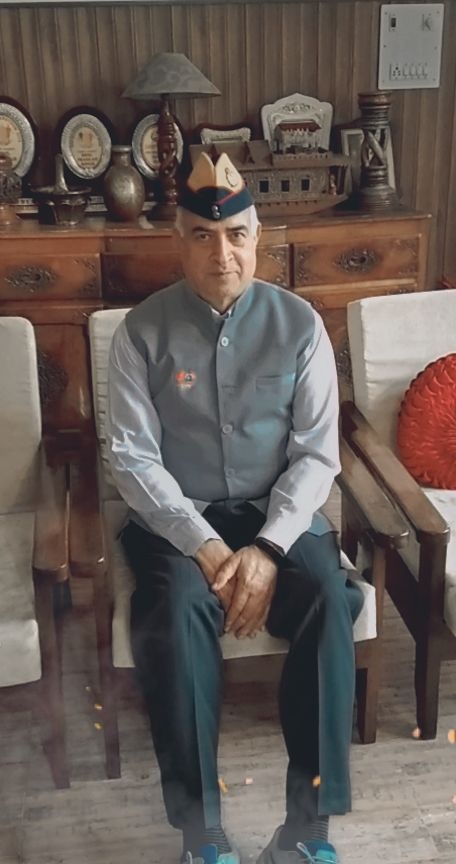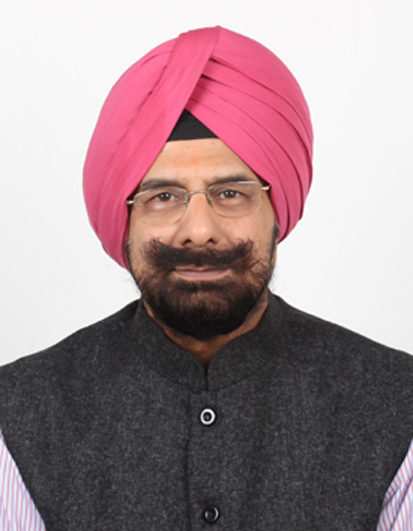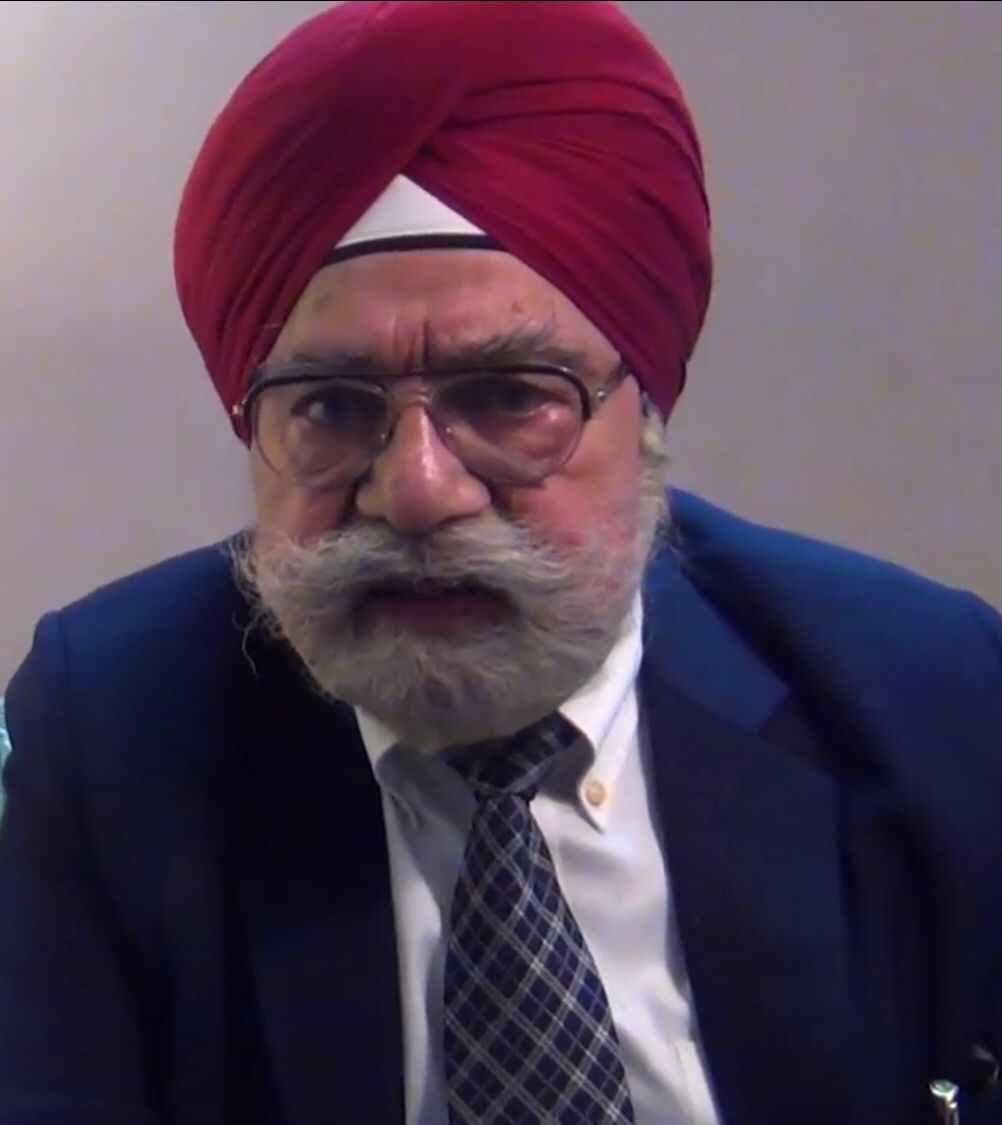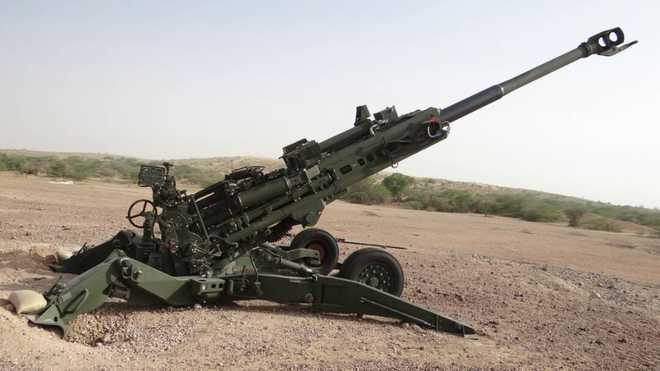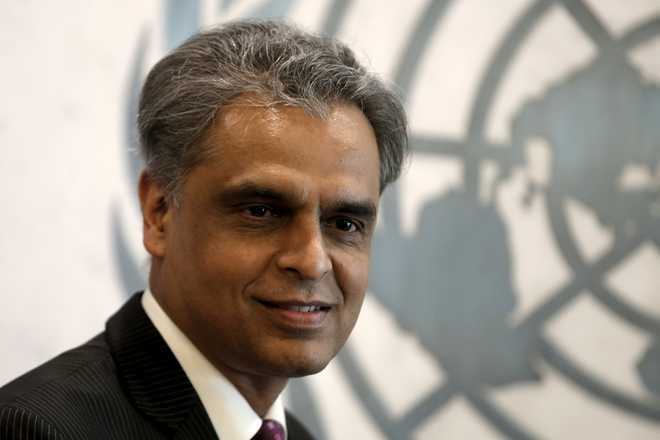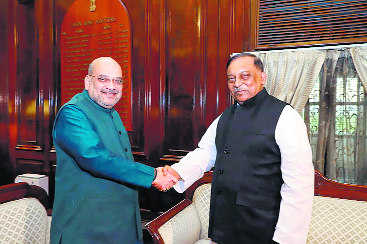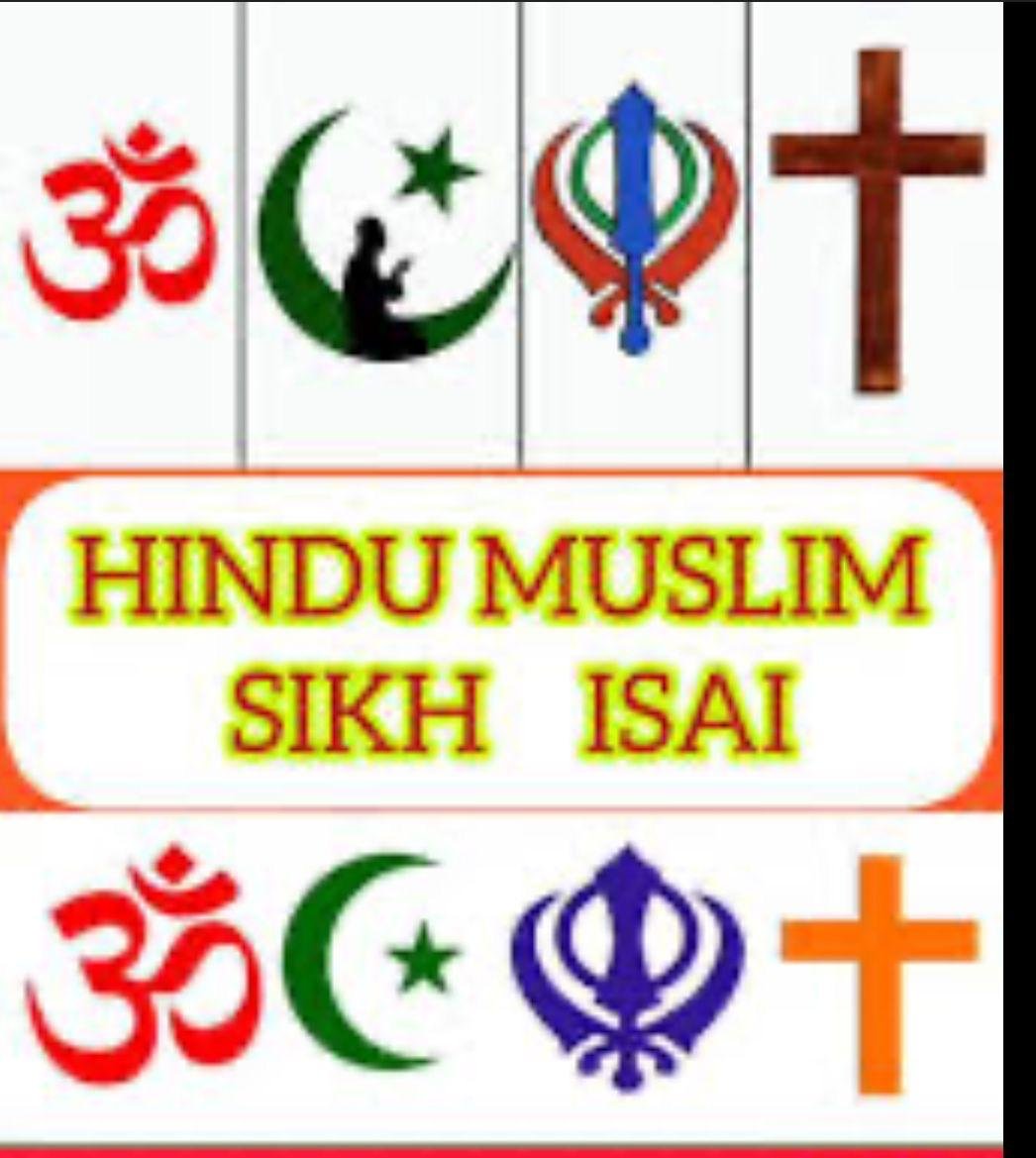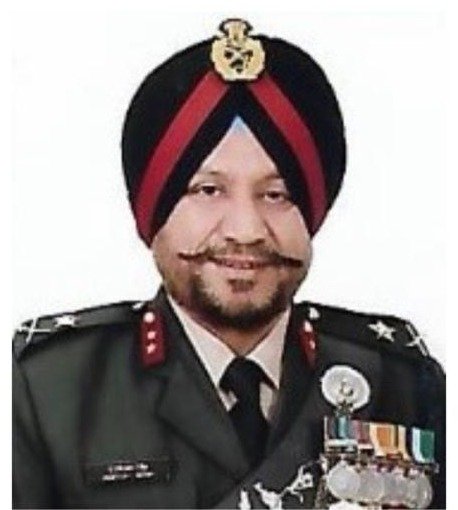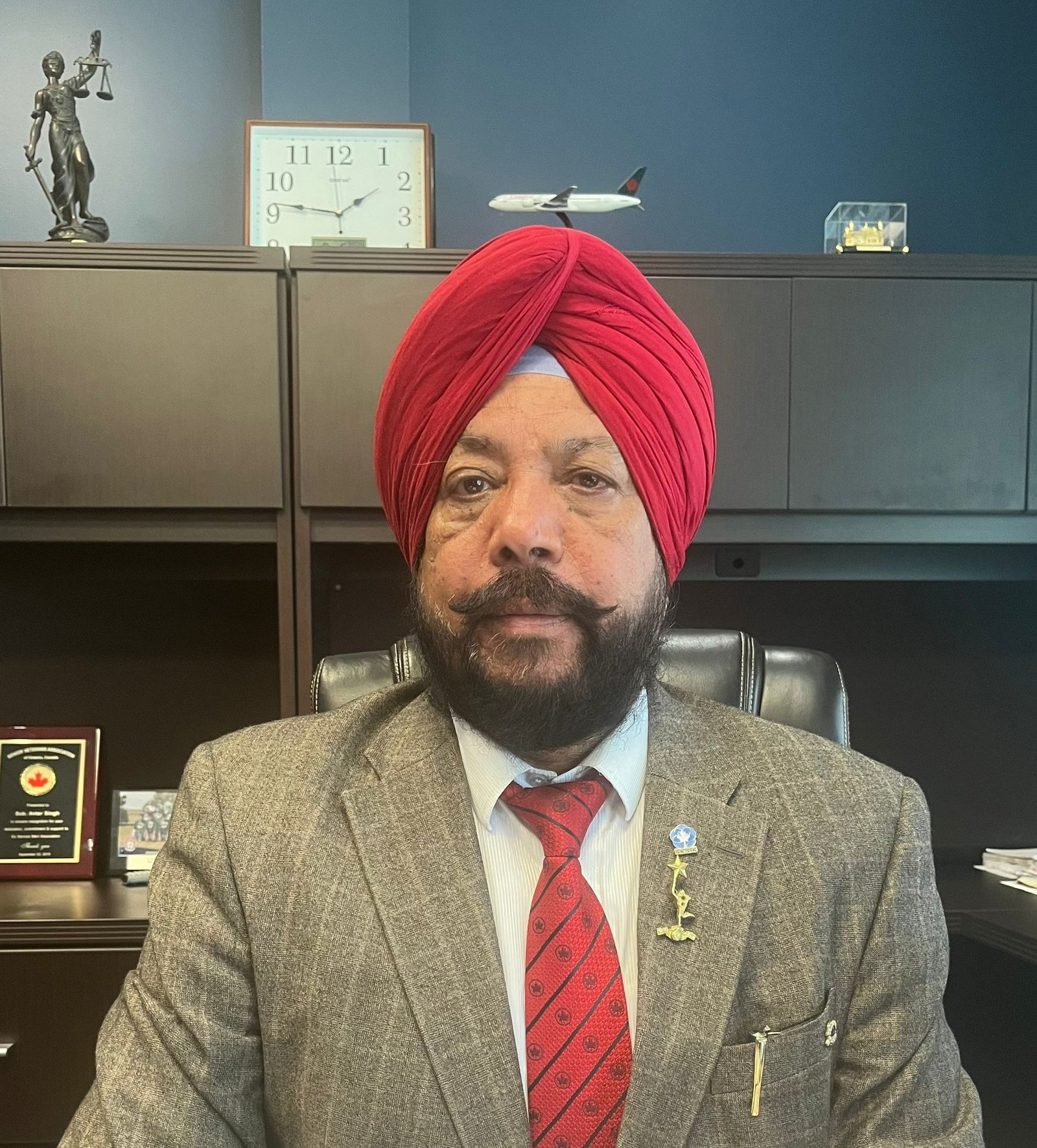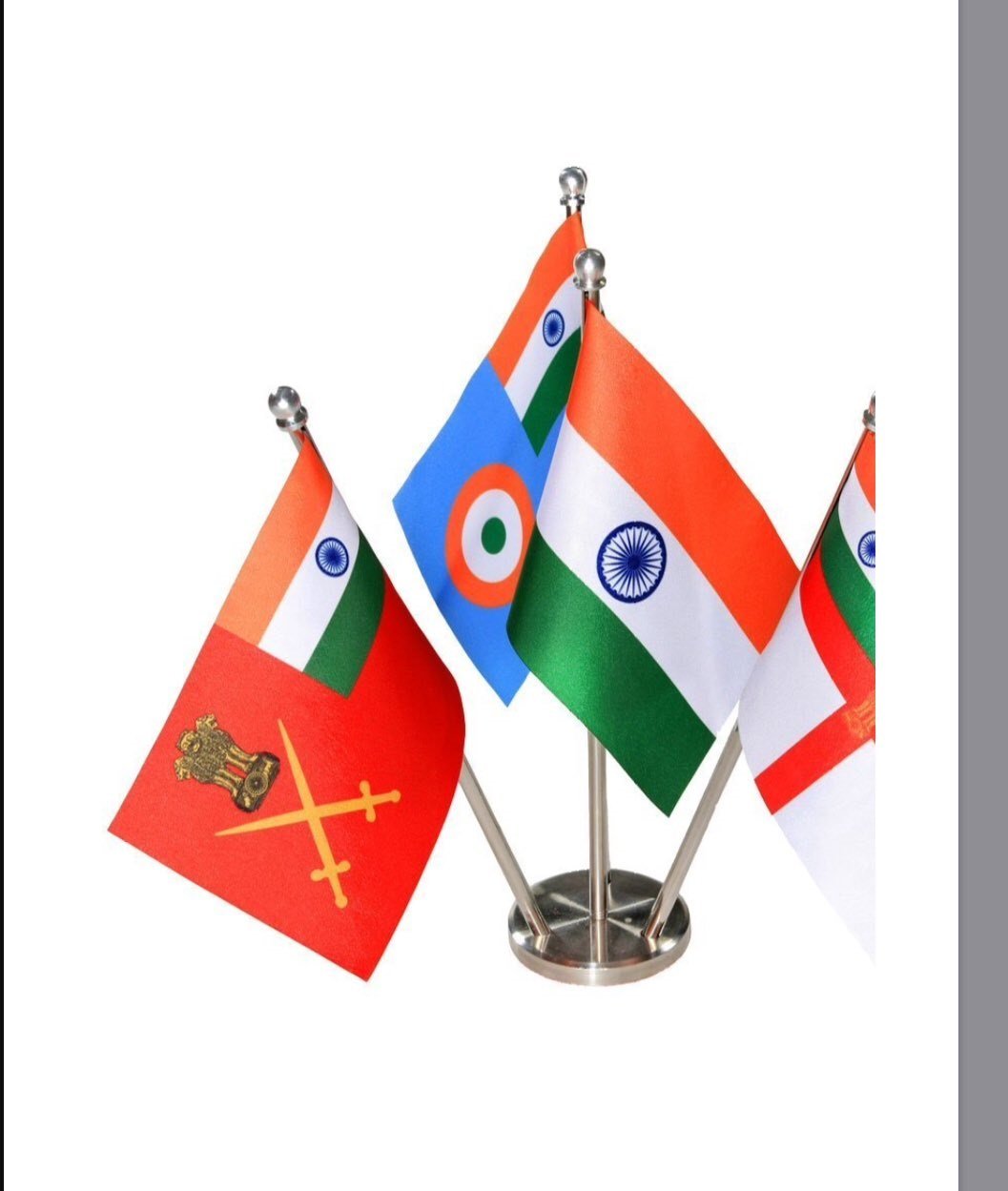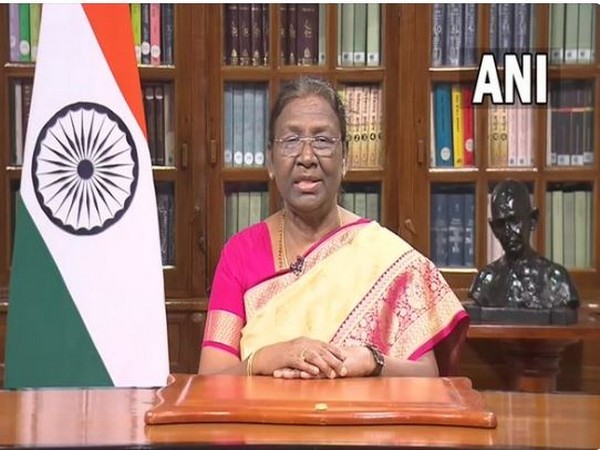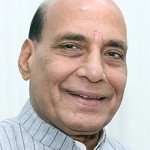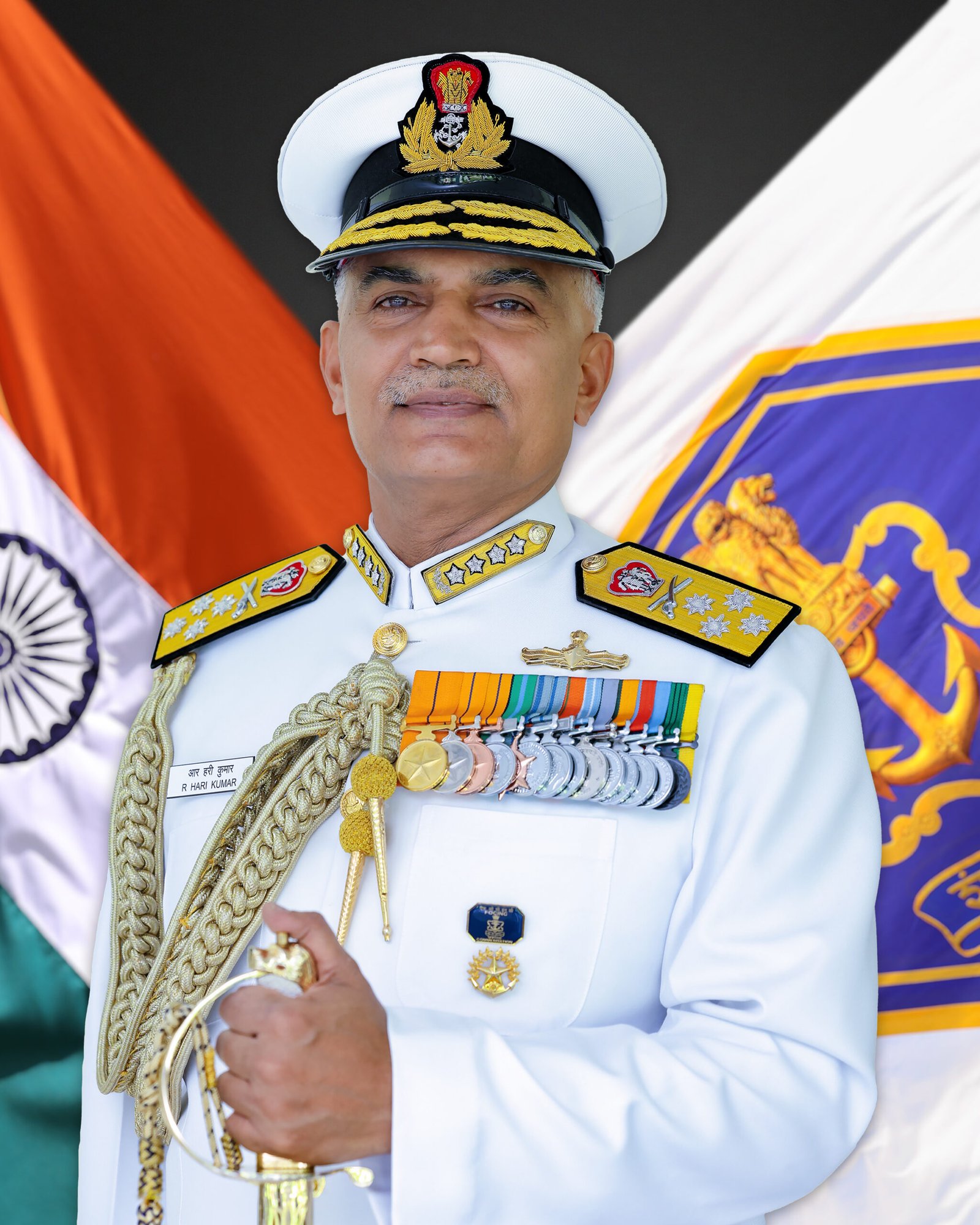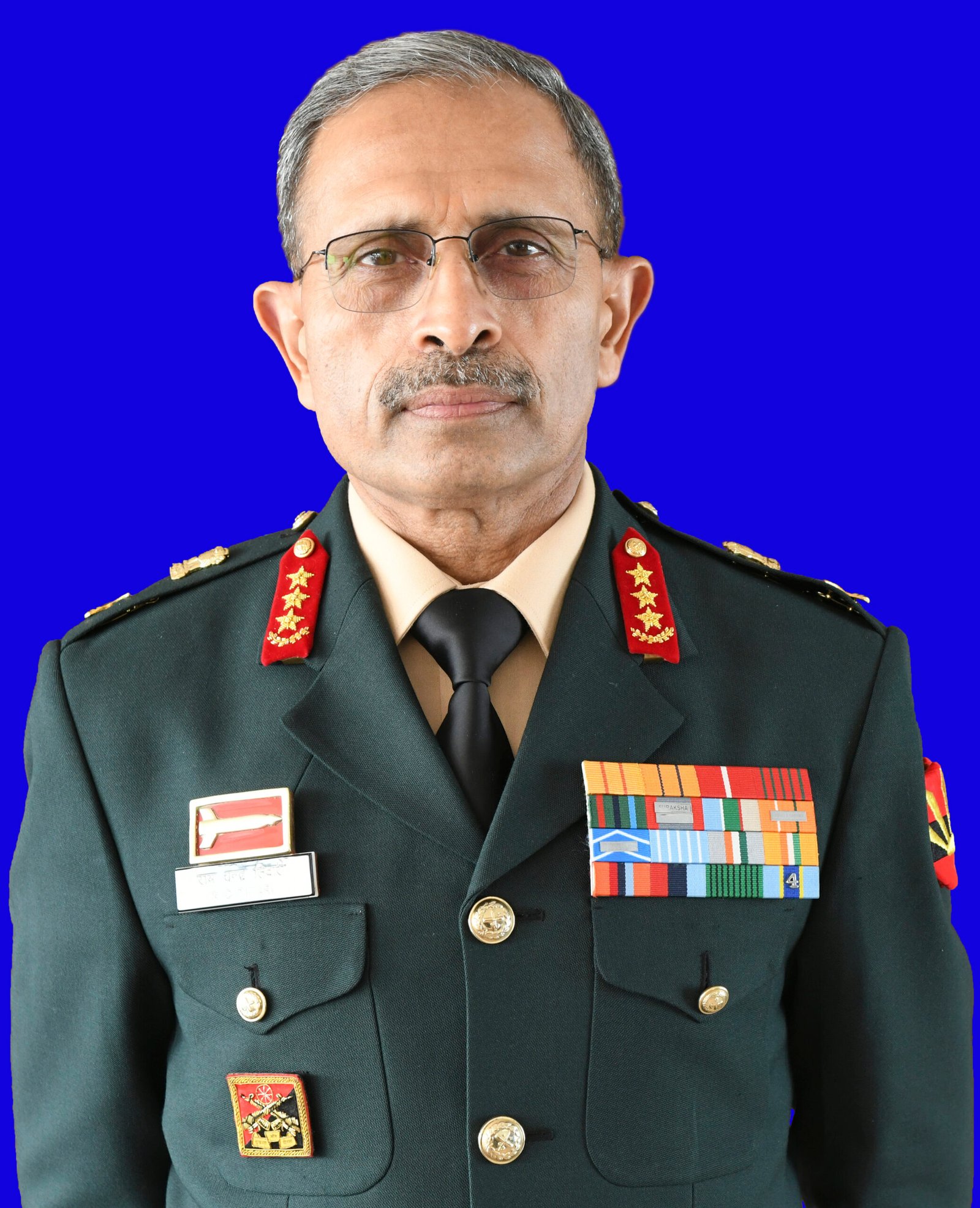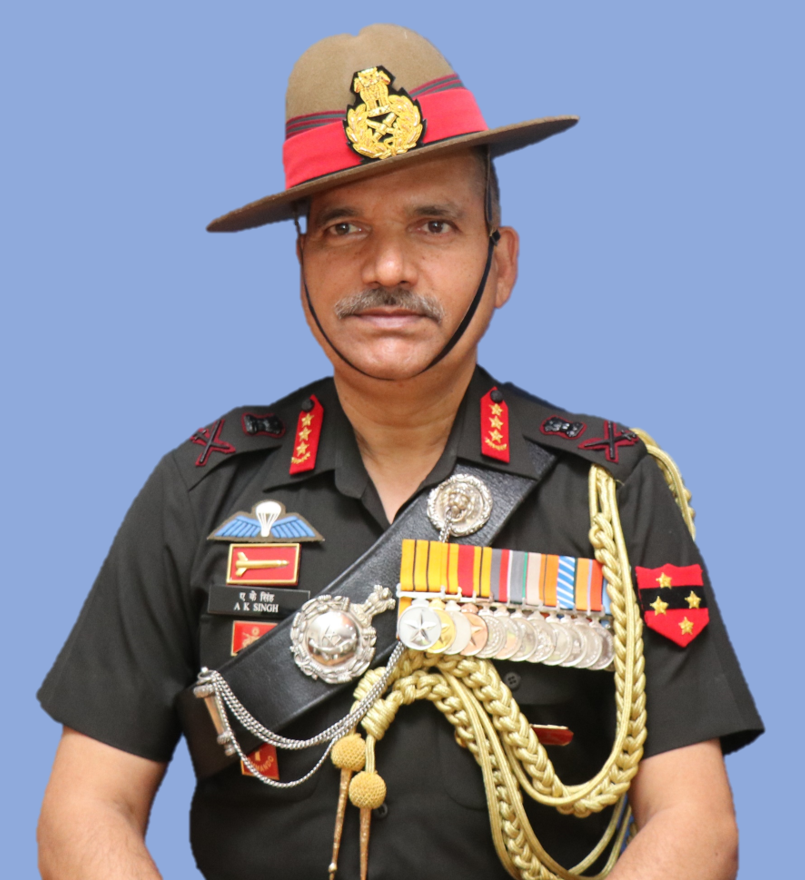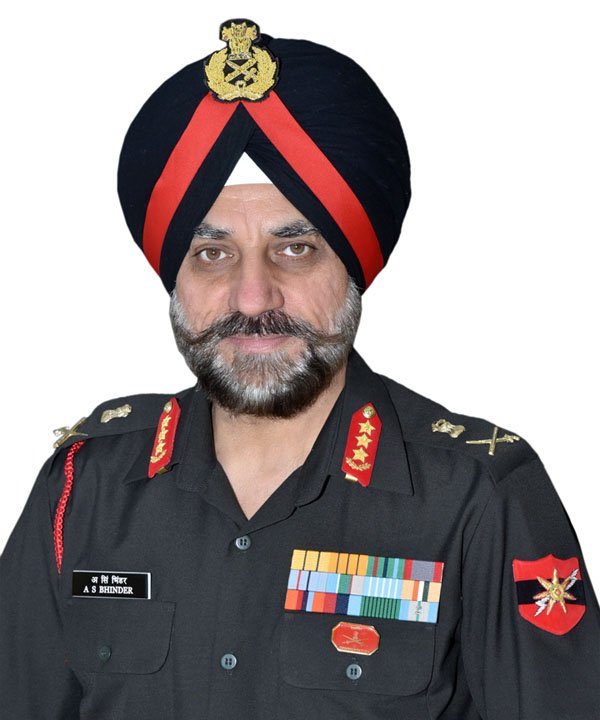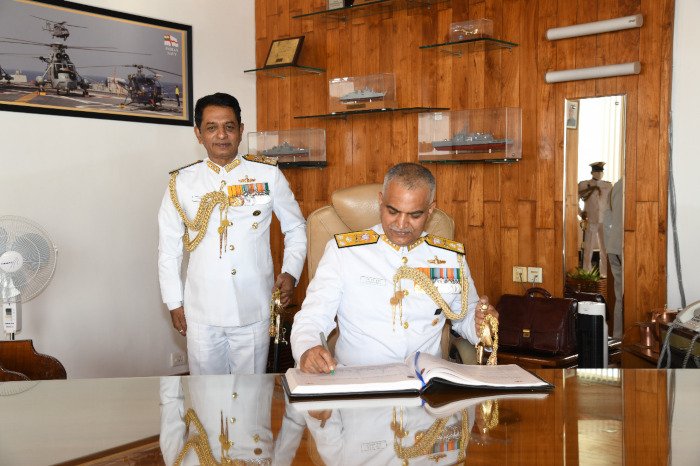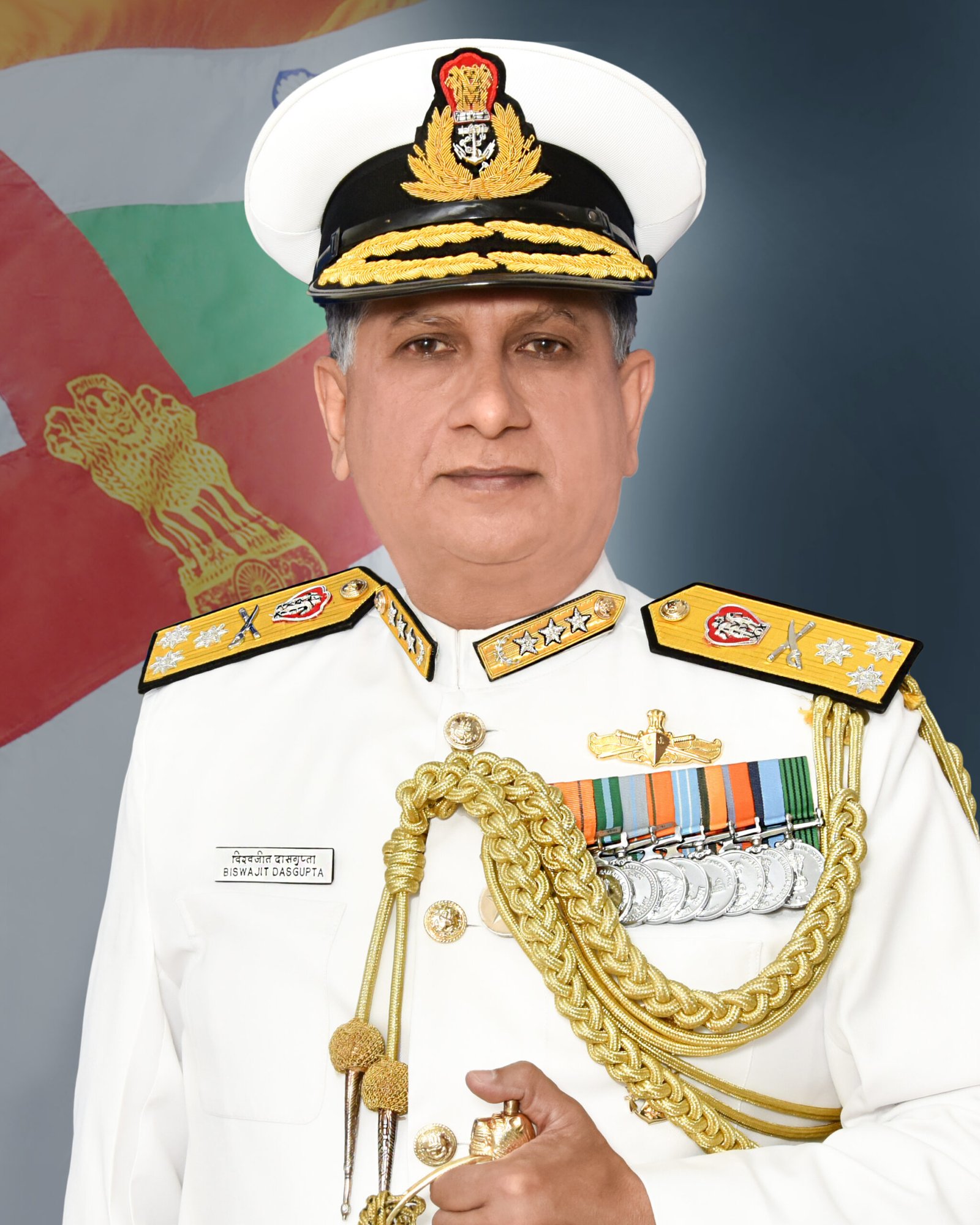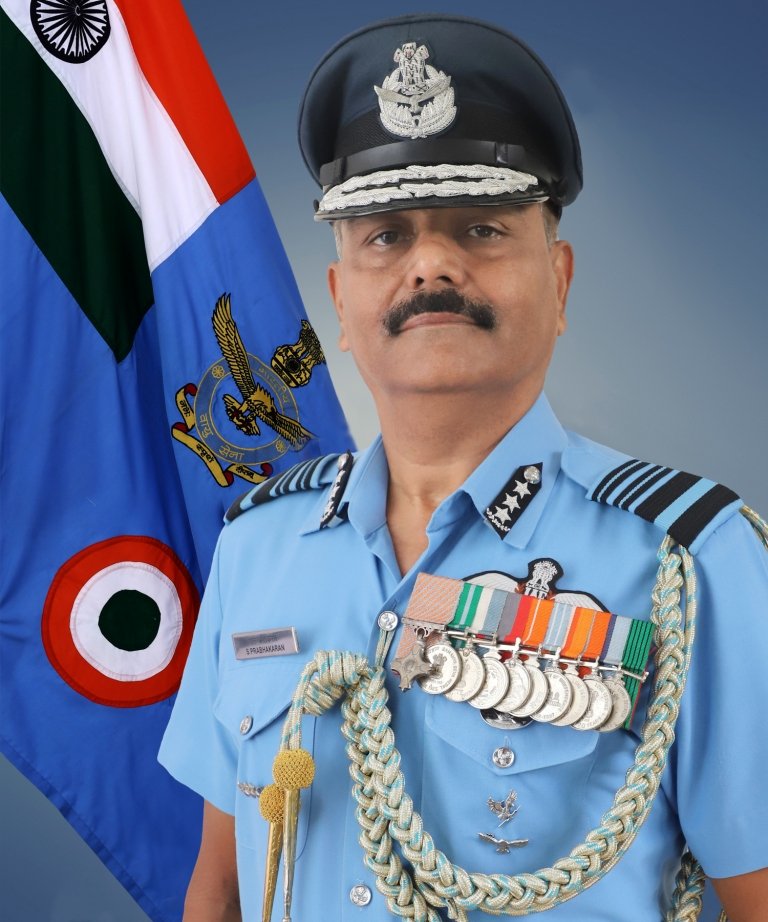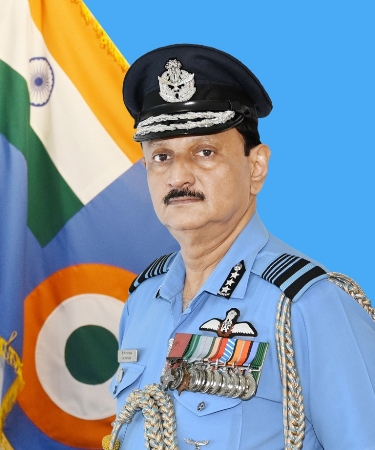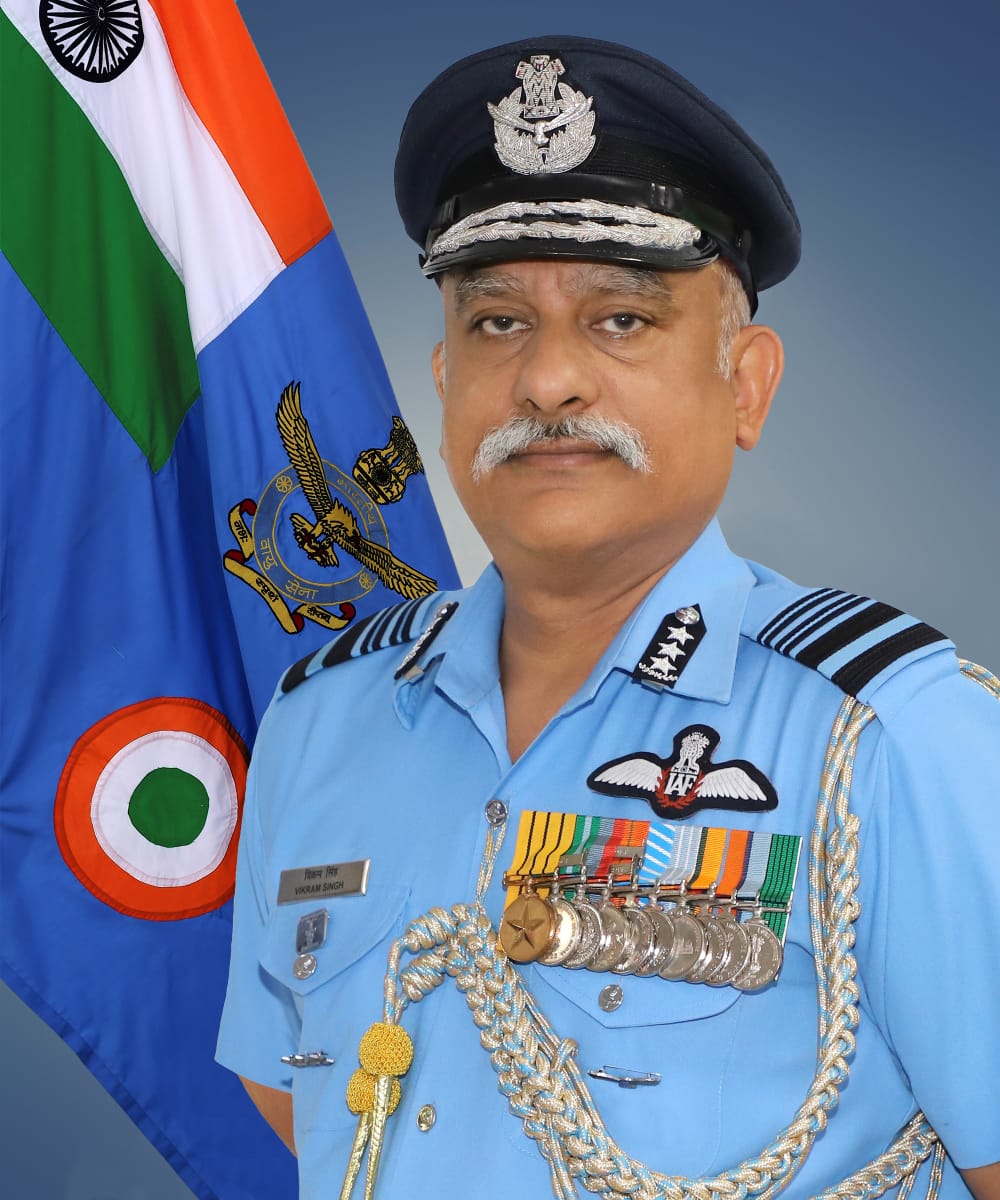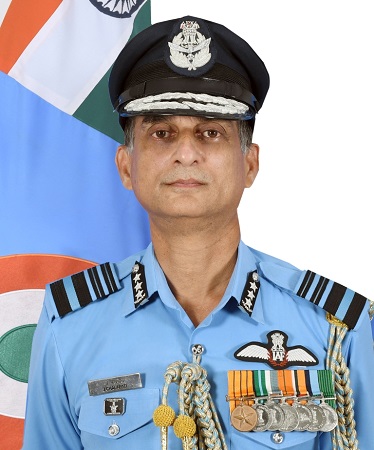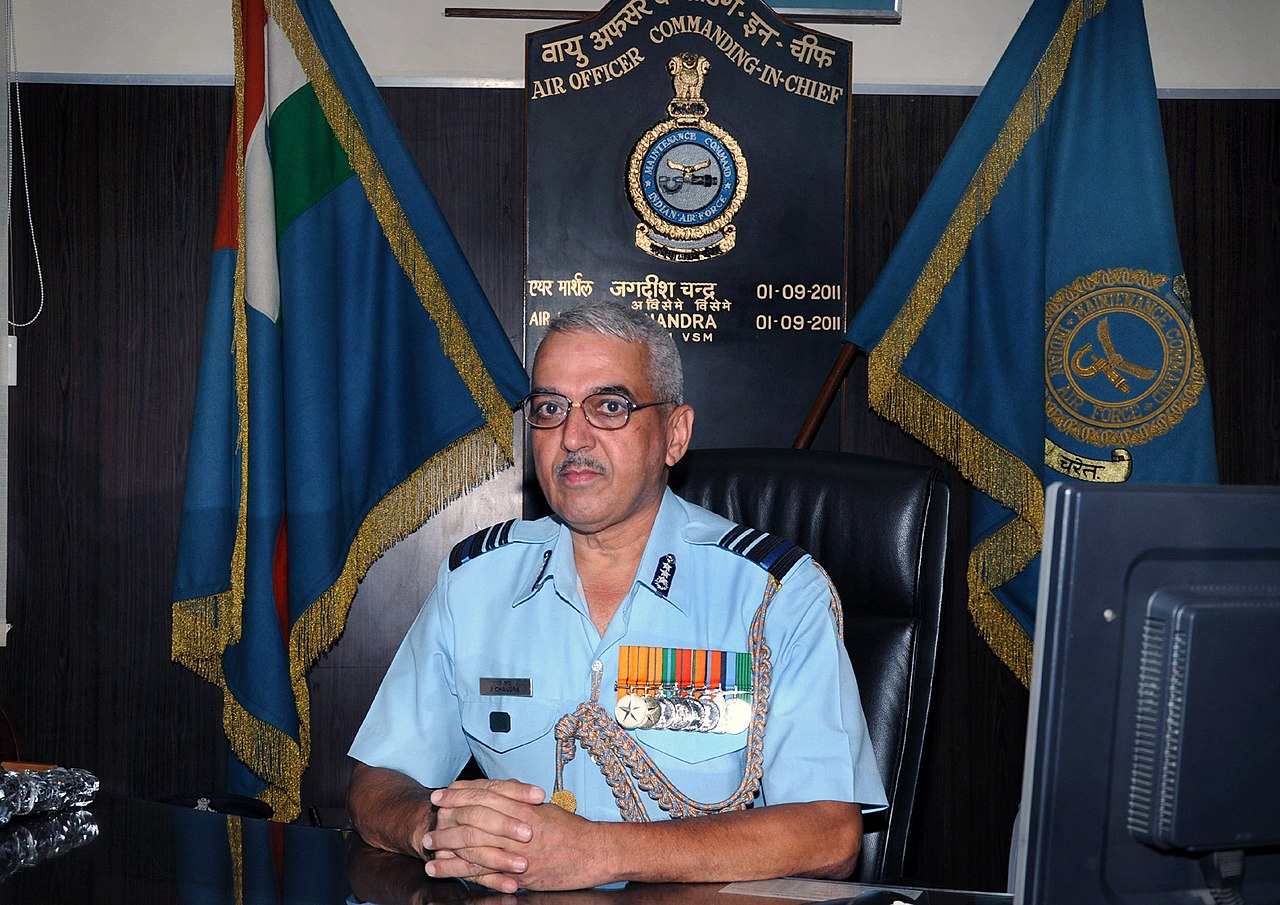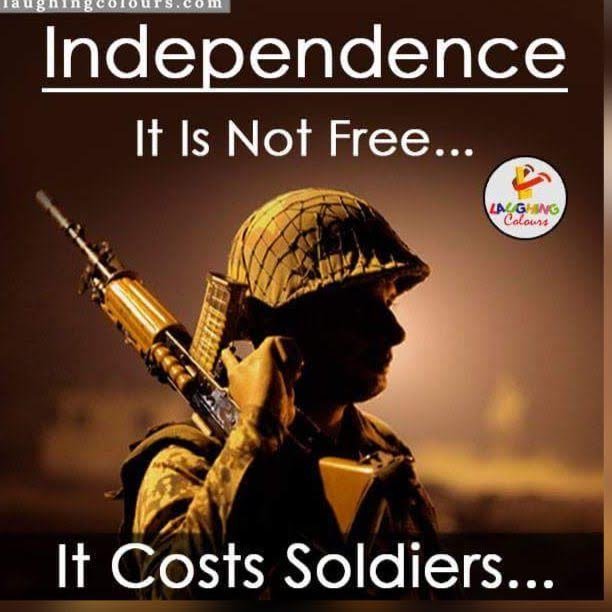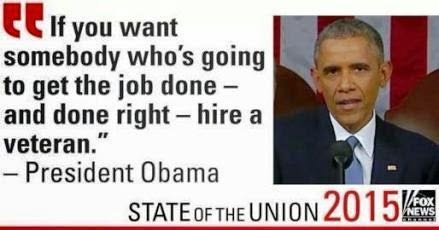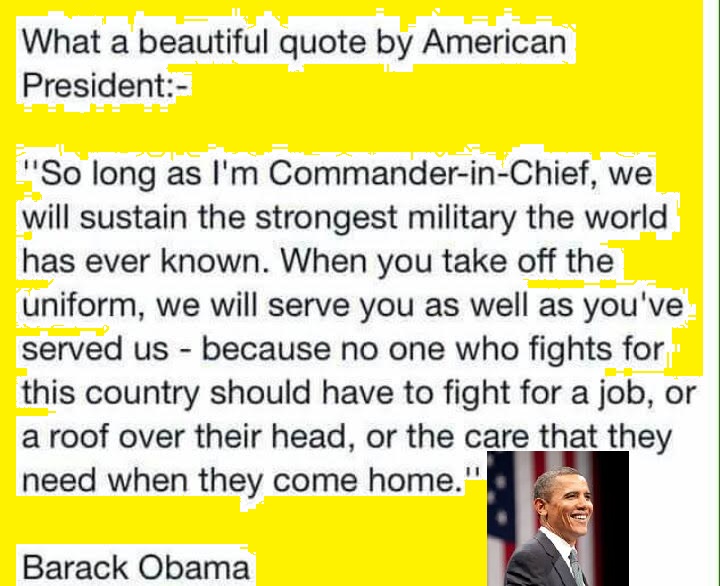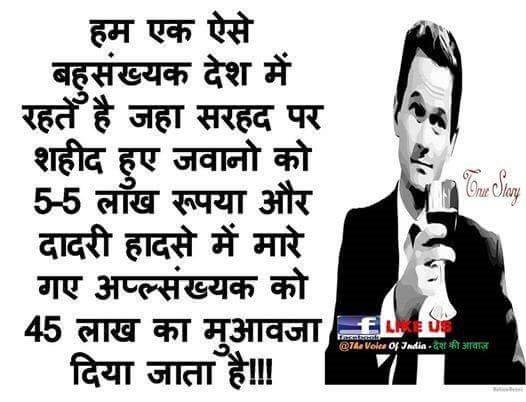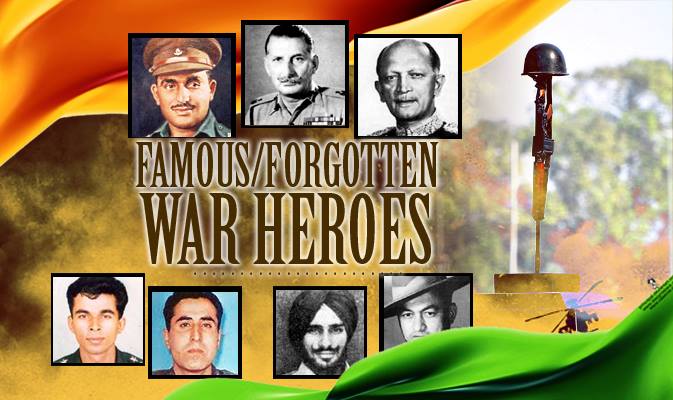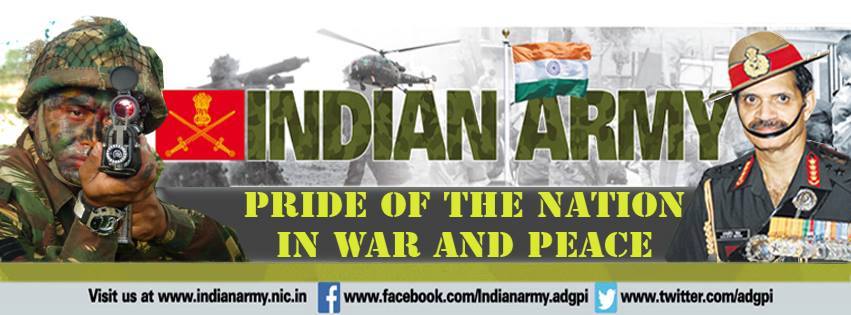By Sumit Ganguly
On July 22, during a White House meeting with Pakistani Prime Minister Imran Khan, U.S. President Donald Trump made a
surprise offer to mediate the long-running dispute between India and Pakistan over
Kashmir. “It is impossible to believe,” Trump said, “that two incredible countries who are very, very smart with very smart leadership can’t solve a problem like that. If you would want me to mediate or arbitrate, I would be willing to do it.”
Even more surprising, Trump claimed that
Indian Prime Minister Narendra Modi had sought his intervention in the matter. For informed observers, this claim was hard to believe. And indeed, within hours of Trump’s statement, India’s foreign minister strenuously denied that Modi had made any such suggestion. More to the point, he reiterated India’s long-standing position that the Kashmir dispute must be solved through strictly bilateral negotiations between India and Pakistan. Modi, probably wanting to avoid implying that Trump was a liar, maintained a studious silence.
Trump’s offer, however ill-advised, was hardly the first U.S. attempt to intercede in Kashmir. Over the past six decades, successive U.S. administrations have tried to make headway on the dispute. Those efforts all failed—and Trump’s is unlikely to turn out differently.
INDIA’S WAY OR THE HIGHWAY
India and Pakistan have both
claimed Kashmir, a majority-Muslim region in the north of the Indian subcontinent, since the two countries’ partition in 1947. India has de facto control over about 55 percent of the region and the majority of its population; Pakistan controls around 30 percent and China the remaining 15 percent. The dispute over the region has led to three wars and countless skirmishes and stands as a permanent threat to stability in South Asia—one that is especially dangerous, given that both India and Pakistan are nuclear armed.
The United States first attempted to mediate the Kashmir dispute in 1962. China and India had just fought a disastrous border war, in which the Chinese People’s Liberation Army routed a poorly armed and ill-prepared Indian Army. New Delhi turned to Washington for military assistance. At the time, Pakistan was an important Cold War ally of the United States, and Pakistani President Ayub Khan, aware of India’s vulnerable position, convinced the administration of U.S. President John F. Kennedy to prod India into negotiations over Kashmir. In coordination with the British, Kennedy dispatched
Averell Harriman, the noted diplomat and former ambassador to the Soviet Union, to New Delhi.
The Sino-Indian war had left Indian Prime Minister Jawaharlal Nehru emotionally broken and politically weak. Dependent on diplomatic goodwill and defense supplies from both the United States and the United Kingdom, he allowed himself to be cajoled into talks over Kashmir. Between 1962 and 1963, India and Pakistan held six rounds of negotiations. India was willing to make significant territorial concessions under Anglo-American pressure, but even these were not enough to meet Pakistan’s expansive demands. The talks ended in a deadlock.Since 1972, no Indian government has ever evinced the slightest willingness to allow any foreign power to broker an understanding with Pakistan on Kashmir.
Having seen these talks reach an impasse despite its willingness to compromise, India hardened its position on external interference in Kashmir, fearing that outside powers would force it to offer concessions to Pakistan, the weaker party. The last time New Delhi allowed a foreign power to restore normal Indian-Pakistani diplomatic relations came after the Indo-Pakistani war of 1965, in which Pakistani forces had invaded Indian-controlled Kashmir only to be fought to a standstill. With the United States distracted by the Vietnam War, the Soviet Union helped broker a cease-fire that ultimately led to the 1966 Tashkent Agreement, restoring the prewar status quo.
After the third Indo-Pakistani war in 1971, India became fully committed to preventing external mediation. When the two sides met in 1972 to discuss the postwar settlement, negotiations were limited—at India’s insistence—to Indian Prime Minister Indira Gandhi and Pakistani President Zulfikar Ali Bhutto, along with a handful of trusted aides. The resulting settlement, the Simla Agreement, stated that the two countries would “settle their differences by peaceful means through bilateral negotiations.”
From New Delhi’s perspective, this agreement enshrined the principle that all future discussions about Kashmir must be conducted on a strictly bilateral basis. Since 1972, no Indian government has ever evinced the slightest willingness to allow any foreign power, especially the United States, to broker an understanding with Pakistan on Kashmir. India is convinced that it can extract better terms through bilateral negotiations, and it is suspicious that Washington is too close to Islamabad.
Pakistan has resisted this particular interpretation of the Simla Agreement. Instead, recognizing its weakness vis-à-vis India, it has constantly sought to bring in the United States as a mediator. In 1999, for instance, as the fourth Indo-Pakistani war was drawing to a close, Pakistani Prime Minister
Nawaz Sharif flew to Washington to seek American intercession. U.S. President Bill Clinton met with Sharif, but—much to Sharif’s dismay—he unequivocally branded Pakistan the aggressor in the conflict. At Sharif’s insistence, Clinton nevertheless offered to look into the Kashmir dispute. Yet he never followed through, dropping the subject for the brief remainder of his presidency.
Subsequent U.S. administrations have tried to revisit the Kashmir issue, despite intransigent opposition from New Delhi. In 2009, for instance, India embarked on a vigorous diplomatic offensive just as the administration of President Barack Obama was preparing to appoint Richard Holbrooke, the veteran diplomat, as the White House’s special representative for Afghanistan and Pakistan. Some within the administration were convinced that settling the Kashmir issue—and thus soothing Pakistan’s fear of India—would help elicit Pakistani cooperation on Afghanistan. Yet New Delhi, having gotten word that Holbrooke was pushing to include Kashmir in his diplomatic portfolio, explained to the United States that such a move “smacked of interference and was unacceptable” to India. The Obama administration quietly abandoned the idea.
KNOW YOUR LIMITS
Trump (or some in his administration) may believe that the dramatic growth in U.S.-Indian engagement over the past two decades, combined with the president’s personal rapport with Modi, provides this White House with an opportunity to succeed where all of its predecessors have failed. Certainly, Pakistan is trying to convince Trump that this is the case. Yet there are compelling reasons to think otherwise.
India’s permanent foreign policy bureaucracy has a long institutional memory and is extremely resistant to drastic policy shifts. It is likely to advise Modi against caving to the United States, given that India’s current policy has prevented it from being forced into concessions to Pakistan for nearly five decades. India’s new foreign minister, Subrahmanyam Jaishankar, is a career diplomat who shares the bureaucracy’s suspicions regarding foreign, and particularly American, mediation.
No Indian government—and especially not one, like Modi’s, that has assumed a hawkish stance toward Pakistan—will yield any ground on this issue. Already the U.S. State Department seems to have acknowledged reality, stating on July 22 that it believes the Kashmir dispute is a “bilateral” issue between India and Pakistan.
Trump should heed his own State Department’s advice. Pushing New Delhi on Kashmir will get him nothing except a public failure and a damaged U.S.-Indian partnership.

